Find Help
More Items From Ergsy search
-
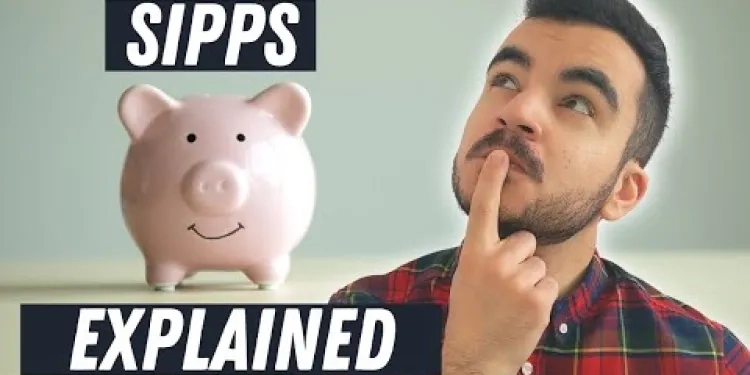
Pension UK | SIPPs Explained | Who Are The Best Providers
Relevance: 100%
-

What is the best first aid certification to obtain?
Relevance: 26%
-

When is the best time to get the flu vaccine?
Relevance: 25%
-

What is the best diet for Crohn’s disease?
Relevance: 25%
-

I'm Short-sighted, What Is The Best Option For Me?
Relevance: 25%
-
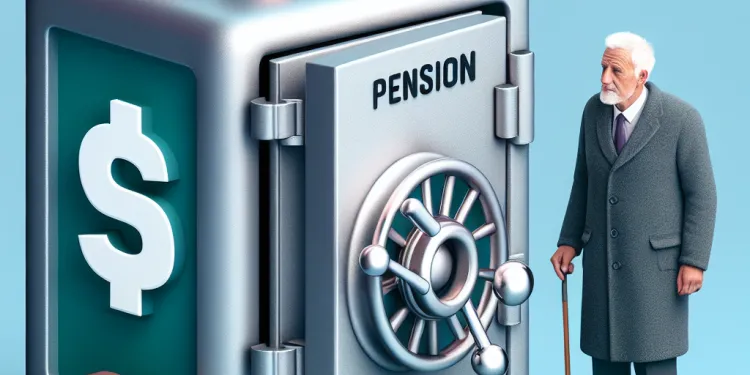
Can pensioners lose all their money if a pension provider fails?
Relevance: 24%
-

How do community helpers stay updated on best practices?
Relevance: 24%
-

What foods are best to eat during a heatwave?
Relevance: 24%
-

What SPF is best for children?
Relevance: 23%
-

How can I ensure I'm getting the best electricity deal in the UK?
Relevance: 23%
-
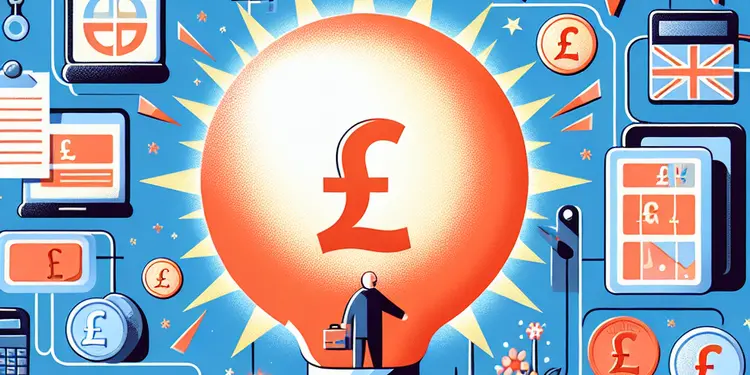
Is the cheapest electricity supplier always the best choice?
Relevance: 22%
-
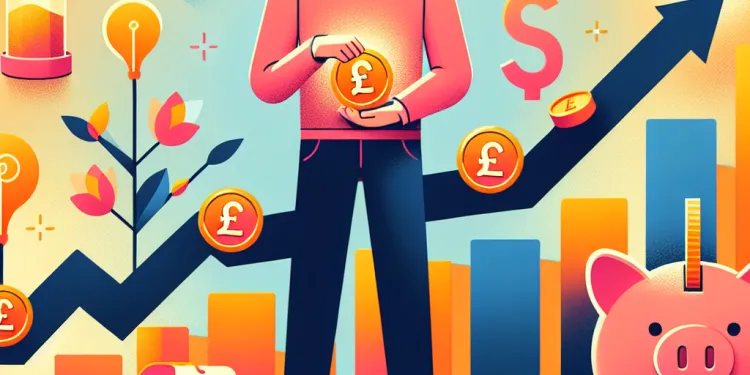
Saving for the Future: The Best ISAs to Consider Right Now
Relevance: 22%
-
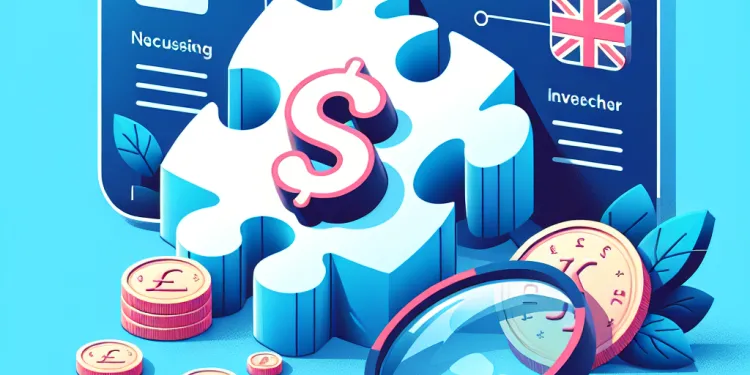
What information do I need to provide to check for breaches?
Relevance: 22%
-

When is the best time to get the winter flu jab?
Relevance: 22%
-

What is the best way to treat a sore throat from a cold?
Relevance: 22%
-

Does the HMRC Employer Bulletin provide guidance on compliance?
Relevance: 21%
-

Do mosquito screens provide insulation benefits?
Relevance: 20%
-

Should I contact my email provider if I suspect hacking?
Relevance: 20%
-
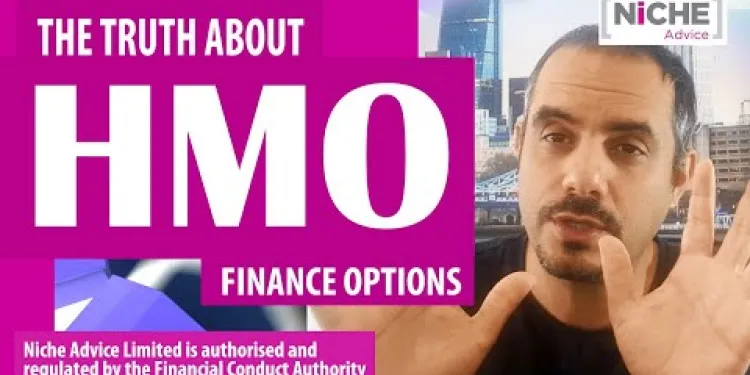
HMO Mortgage Truths - how to get the best Finance option including Bridging Loan Criteria
Relevance: 20%
-

How are school meals provided in the UK?
Relevance: 20%
-

What is the best way to hydrate during hot weather?
Relevance: 20%
-
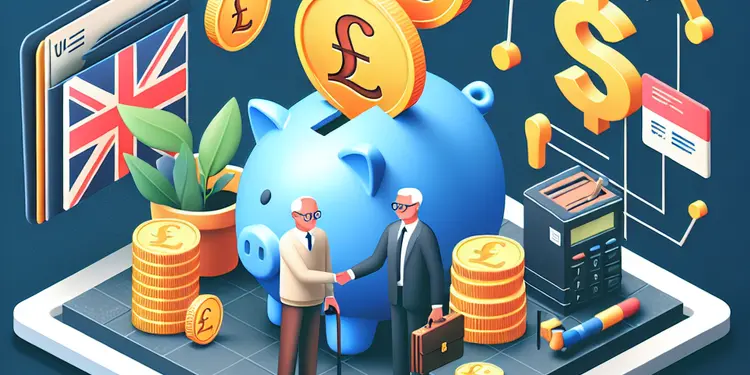
Can I get pension advice directly from pension fund providers?
Relevance: 20%
-

Can my employer provide pension advice?
Relevance: 20%
-

What qualifications should a provider of air physiotherapy have?
Relevance: 20%
-
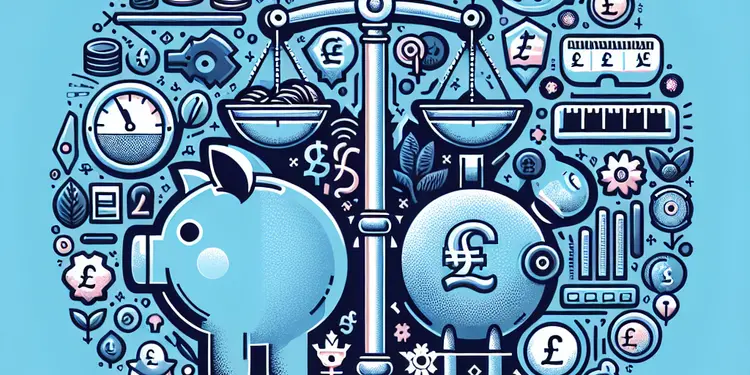
What is the best way to ensure I don't overpay again in the future?
Relevance: 20%
-
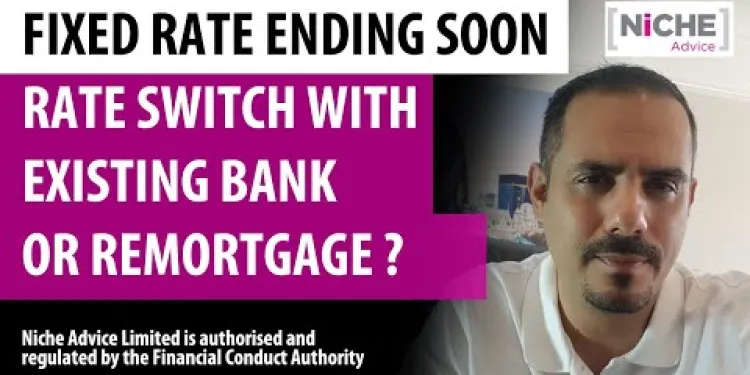
Product Transfer Rate Switch vs Remortgage What's Best
Relevance: 19%
-

Is my ISA protected if my provider goes bankrupt?
Relevance: 19%
-

Who is responsible for providing school meals in the UK?
Relevance: 19%
-

Can I transfer my ISA between providers?
Relevance: 19%
-

What is the best way to recover from whiplash?
Relevance: 19%
-

Can parents provide packed lunches instead of school meals?
Relevance: 19%
-

What services do care homes provide?
Relevance: 19%
-
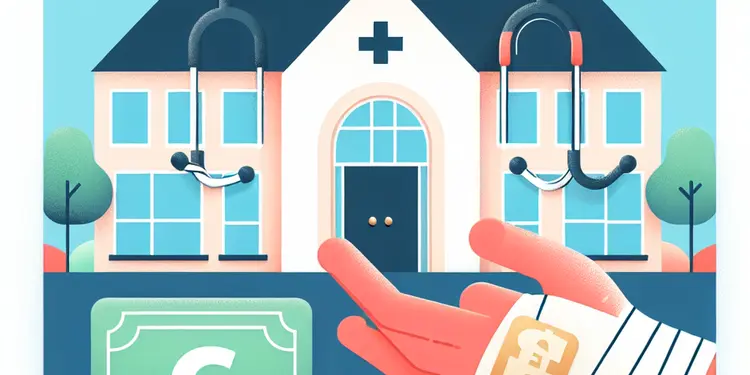
Do care homes provide medical care?
Relevance: 19%
-

NHS-led Provider Collaboratives: improving mental health, learning disability and autism services
Relevance: 19%
-

What is the purpose of providing school meals in the UK?
Relevance: 19%
-

How are health services provided in prison?
Relevance: 18%
-

What incentives are provided for sustainable housing?
Relevance: 18%
-
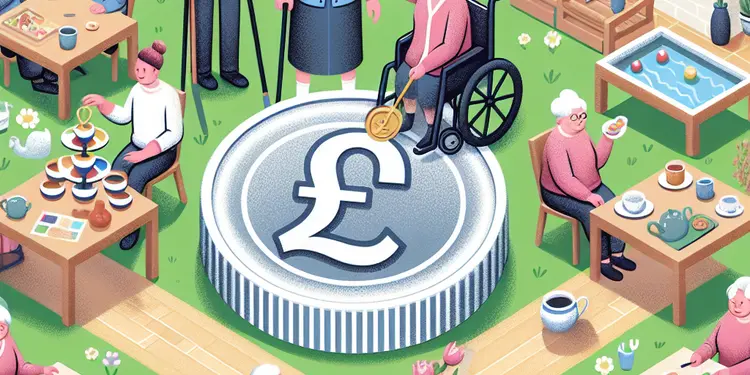
Are activities provided for residents in care homes?
Relevance: 18%
-

How should I choose a provider for Botox treatments?
Relevance: 18%
-

What information do I need to provide to claim my refund?
Relevance: 18%
Pension UK: Understanding SIPPs
In the UK, retirement planning is critical, and a Self-Invested Personal Pension (SIPP) is a popular option for individuals seeking more control over their pension savings. SIPPs offer a flexible opportunity to invest in a diverse range of assets, including stocks, shares, bonds, and property, compared to traditional pension schemes. This flexibility can help maximize returns and tailor investment strategies according to individual risk tolerance and retirement goals.
SIPPs Explained
SIPPs are tax-efficient investment vehicles that allow individuals greater freedom in managing their pension funds. Unlike traditional personal pensions, which are often managed by a financial provider with limited investment options, SIPPs enable individuals to choose from a wide array of investment opportunities. This includes not only shares listed on the stock exchange but also trusts, gilts, exchange-traded funds (ETFs), and even commercial property.
One of the primary advantages of SIPPs is their tax efficiency. Contributions to a SIPP are eligible for tax relief from the UK government, up to certain limits, which can significantly enhance your investment power over time. Moreover, the freedom to manage and adjust investments as per market conditions can benefit those with the knowledge or advice to make informed investment decisions.
Who Are The Best SIPP Providers in the UK?
Choosing the right SIPP provider is crucial for optimizing returns and minimizing costs. Some of the best-known SIPP providers in the UK include Hargreaves Lansdown, AJ Bell (Youinvest), and Interactive Investor. These providers are recognized for their user-friendly platforms, comprehensive investment options, and robust customer service.
Hargreaves Lansdown is well-regarded for its extensive range of investment options, insightful research tools, and award-winning customer service. AJ Bell offers competitive pricing and a straightforward platform, making it appealing for cost-conscious investors. Interactive Investor stands out with its flat monthly fee structure, which can be beneficial for those with larger portfolios, as it reduces proportional costs.
When selecting a SIPP provider, it is essential to consider factors such as fees, investment choice, user interface, and customer support. Furthermore, investors should ensure the provider aligns with their financial goals and risk appetite to harness the full potential of SIPPs.
Pension UK: What are SIPPs?
In the UK, planning for retirement is important. A Self-Invested Personal Pension (SIPP) is a way for people to have more control over their pension money. SIPPs let you invest in different things, like stocks, bonds, and property. This means you can choose how to grow your money for the future in a way that suits you.
What Are SIPPs?
SIPPs are a special way to save for retirement that can save you money on taxes. With a SIPP, you have the freedom to decide how your money is invested. You can choose from many options, like stocks, trusts, and even property. This is different from other pensions, which may only let you invest in a few things.
One big benefit of SIPPs is that you get tax benefits from the government. When you put money into a SIPP, you can get some of your taxes back, which helps your money grow more. You can also change your investments if the market changes, but it helps to know what you are doing or get advice.
Who Are The Best SIPP Providers in the UK?
Picking the right SIPP provider is important for getting the most out of your money. Some well-known SIPP providers in the UK are Hargreaves Lansdown, AJ Bell (Youinvest), and Interactive Investor. They are known for being easy to use and having lots of investment choices.
Hargreaves Lansdown has a lot of investment options and great customer service. AJ Bell is good for people who want to save on costs. Interactive Investor charges a flat monthly fee, which is good if you have a lot of money in your SIPP.
When choosing a SIPP provider, think about the fees, the investment options, how easy the website is to use, and the support they offer. Make sure the provider matches what you want for your financial future and how much risk you are comfortable with.
Helpful Tip: You can use online tools or ask a financial advisor to help you understand and manage your SIPP better.
Frequently Asked Questions
What is a SIPP?
A Self-Invested Personal Pension (SIPP) is a type of pension in the UK that allows individuals to choose and manage their own investments from a wide range of options, giving them greater control over their retirement savings.
Who can open a SIPP?
Anyone under the age of 75 who is a UK resident for tax purposes can open a SIPP, whether employed, self-employed, or not working.
What are the benefits of a SIPP?
SIPPs offer flexibility and control, a wide range of investment options, potential tax relief on contributions, and the ability to consolidate other pensions into one pot.
What types of investments can I hold in a SIPP?
SIPPs can include stocks and shares, government securities, unit trusts, investment trusts, insurance company funds, commercial property, and more.
How do I choose the best SIPP provider?
Consider factors like fees, investment options, customer service, the provider's reputation, and any additional features or services when choosing a SIPP provider.
Are there fees associated with SIPPs?
Yes, SIPPs typically involve fees such as set-up charges, annual management fees, dealing charges for buying and selling investments, and sometimes exit fees.
Can I transfer my existing pension into a SIPP?
Yes, most SIPPs allow the transfer of existing pensions. It's crucial to compare the benefits and costs before transferring.
What are the tax benefits of a SIPP?
Contributions to a SIPP receive tax relief at the individual's marginal rate. Investment growth within the SIPP is free from UK income and capital gains tax.
When can I access my SIPP funds?
You can access your SIPP from the age of 55, rising to 57 in 2028, via options such as a tax-free lump sum, income drawdown, or purchasing an annuity.
What is income drawdown?
Income drawdown allows you to withdraw funds from your SIPP while the remainder stays invested, providing an income and flexibility in retirement.
What happens to my SIPP if I die?
If you die before 75, your SIPP can be passed to your beneficiaries tax-free. If you die after 75, withdrawals by your beneficiaries will be taxed at their marginal rate.
Are SIPPs suitable for everyone?
SIPPs may not suit everyone, especially those who prefer not to manage their investments or have small pension pots due to higher costs than some other pension options.
What is the annual allowance for SIPP contributions?
The annual allowance is the total amount you can contribute to your pension pots each year with tax relief. For most people, it is currently set at £40,000 per year. However, this can be lower for high earners and those who have drawn down from their pensions.
What are the risks associated with SIPPs?
The risks include investment risk, losing money due to poor investment choices, fees potentially eroding returns, and complex rules that can result in penalties if breached.
Can I manage my SIPP online?
Most modern SIPP providers offer online platforms, allowing you to manage your investments, track performance, and make trades conveniently online.
What is a SIPP?
A SIPP is a type of personal pension. It helps you save money for when you stop working.
You can put money into a SIPP. This money can grow over time.
When you are older, you can use this money to pay for things you need.
Some tools that can help you include:
- Pension calculators
- Financial advisor
- Family and friends
A Self-Invested Personal Pension, or SIPP, is a special kind of pension in the UK.
With a SIPP, you get to pick and manage your own investments.
This means you have more control over your money for when you retire.
Here are some tips to help manage a SIPP:
1. Use a simple app to help track your money.
2. Ask a grown-up or a financial helper for advice.
3. Look at charts or pictures that explain how your investments change.
Who can open a SIPP?
A SIPP is like a special savings account for retirement.
Most people can open one if they:
- Are 18 years old or older
- Live in the UK
If you need help, you can:
- Ask a friend or family member
- Use a calculator to plan savings
- Talk to a financial advisor
If you live in the UK and pay tax, and you are under 75 years old, you can open a SIPP. This is true if you have a job, work for yourself, or do not work at all.
What are the good things about a SIPP?
SIPPs are a way to save money for when you stop working. They let you be in charge and make choices. You can put money in many different places. You might get some money back from the government when you put money into them. You can also put all your different pension savings together into one SIPP.
What can I put in a SIPP?
A SIPP is a special savings account for when you stop working. You can choose what to put in it. Here are some things you can include:
- Shares: Pieces of a company you own.
- Bonds: Loans you give to companies or the government, and they pay you back with extra money.
- Funds: Groups of shares and bonds managed by experts.
- Cash: Money you save.
- Property: Buildings or land to rent out.
If you need help, ask someone you trust or use pictures and charts to understand better. There are also apps and websites that can help explain money in a fun way!
A SIPP can hold different types of investments. These include:
- Stocks and shares (parts of a company you can own)
- Government securities (money lent to the government)
- Unit trusts (a group of different investments)
- Investment trusts (a company that owns shares in other companies)
- Insurance company funds (money saved with an insurance company)
- Commercial property (buildings used for business)
- And more!
Using pictures or videos can help you understand these better. You can also ask someone to explain each type to you in simple words.
How do I pick the best SIPP provider?
Choosing the right company for your Self-Invested Personal Pension (SIPP) can be easy if you follow these steps:
- Find Out About Different Companies: Look at a few companies that offer SIPPs. You can visit their websites or read simple guides.
- Check the Fees: See how much money you have to pay for their help. Some companies charge more than others.
- Look at the Services They Offer: Make sure they offer what you need. This could be different types of investments or help when you need it.
- Read Reviews: See what other people say about them. You can ask friends or family too.
- Ask for Help: If you find it hard to choose, ask someone you trust, like a family member or a financial advisor.
Supportive Tools:
- Use a Calculator: Online calculators can help you see how much money you might make or spend.
- Draw Pictures or Diagrams: Make simple charts to help you compare different companies.
Take your time and choose a provider that makes you feel happy and safe with your money.
When picking a SIPP provider, think about a few things. Look at the costs, what you can invest in, how good their help is, what people say about them, and if they have any extra things you might like.
Do SIPPs cost money?
Yes, SIPPs usually have some costs. You might pay to set them up, pay a yearly fee to manage them, and a fee to buy or sell investments. Sometimes, there are costs if you want to leave.
Can I move my pension into a SIPP?
Do you have a pension you saved money in?
You can move this money into something called a SIPP. SIPP stands for Self-Invested Personal Pension.
Moving your money can help you choose how to invest it. This means you decide where your money goes.
Before you move your pension money, it is a good idea to talk to someone who knows a lot about money, like a financial adviser. They can help make sure it is the best choice for you.
Yes, you can usually move your old pensions to a new SIPP. It is very important to look at what you will get and what it will cost before you decide to move.
What are the tax benefits of a SIPP?
A SIPP is a type of savings account for your future. It helps you save money for when you stop working. One good thing about a SIPP is that you get tax benefits.
Here is what that means:
- When you put money into a SIPP, the government adds some extra money to your savings. This is like getting free money!
- You don’t have to pay tax on the money in your SIPP until you take it out when you’re older.
- This means your savings can grow bigger because you keep more of your money.
Here are some things to help you understand:
- Use simple words or ask someone to explain things you don't understand.
- Look at pictures or videos about savings and SIPPs.
- Ask for help from a grown-up you trust if you have questions.
When you put money into a SIPP, you get money back from the government, called tax relief, based on your tax rate. Any money your SIPP makes grows without you having to pay UK income or capital gains tax.
When can I use my SIPP money?
You can use your SIPP money when you turn 55. In 2028, this will change to 57.
Here are some ways you can use your SIPP:
- Take a big chunk of money without paying tax on it.
- Take out money little by little.
- Buy something called an "annuity" that gives you money regularly, like a paycheck.
If you need help reading, you can:
- Ask someone to read with you.
- Use an app that reads text out loud.
- Highlight text to make it easier to follow.
What is income drawdown?
Income drawdown is a way to take money from your pension when you stop working. You can take some money and leave the rest to grow. It gives you control over your money.
If you find reading hard, you can ask someone you trust to help you. You can also use tools like audiobooks or screen readers to read the words out loud.
Income drawdown lets you take money out of your SIPP. The rest of your money stays invested. This gives you money to live on and more choices when you stop working.
What happens to my SIPP when I die?
If you pass away, your SIPP (Self-Invested Personal Pension) is usually given to someone you choose. This person is called a beneficiary.
Here is what can happen:
- Your SIPP money can go to your family or friends.
- The person you choose might get the money all at once or in small parts.
- If you wrote down who you want to have your SIPP, it helps everyone know your wishes.
To make this easier:
- Ask someone you trust to help you write who you want to have your SIPP.
- You can talk to a financial advisor for advice.
If you die before you turn 75, the money in your SIPP can be given to the people you choose, and they won't have to pay any tax.
If you die after you turn 75, the people you choose will have to pay some tax when they take money out of your SIPP. How much tax they pay depends on how much money they earn.
It might be helpful to use a calculator or talk to someone who knows about money to understand this better.
Are SIPPs right for everyone?
Not everyone should get a SIPP. They work best for people who:
- Want to control their own retirement savings
- Have knowledge about investing
- Are ready to manage money risks
If you are unsure, here are some ideas to help:
- Speak to a financial advisor for advice
- Use online tools to learn about investing
- Start with smaller investments to learn
SIPPs might not be good for everyone. They are not good if you don't like taking care of your money or if you have a small amount saved for retirement. This is because they can cost more than other ways to save for retirement.
What is the yearly amount you can put in a SIPP?
The annual allowance is the total amount of money you can put into your pension each year and still get help from the government with your taxes. For most people, this amount is £40,000 each year. But, if you earn a lot of money or have already taken money from your pension, this amount could be less.
What are the risks of having a SIPP?
SIPP stands for Self-Invested Personal Pension. It is a way to save money for when you stop working.
Here are some risks of having a SIPP:
- Your money can go up and down in value. You might not get back what you put in.
- Investing can be hard to understand. You might want to talk to an expert.
- You might have to pay fees for managing your account.
If you are not sure, ask a family member or a friend to help you. You can also use a calculator to help plan your savings.
The risks include losing money if bad investment choices are made, paying fees that might reduce gains, and breaking complicated rules which could lead to penalties.
Can I look after my SIPP online?
You can take care of your SIPP on the computer or a tablet. It's like doing online shopping. You log in to a website to see your money and make changes.
If you find it hard to read or use the website, you can:
- Ask someone to help you.
- Use tools that read out loud.
- Make the text bigger on the screen.
- Use a keyboard instead of a mouse.
Most new SIPP companies have websites. You can use these websites to look after your money, see how it is growing, and buy or sell things easily.
Useful Links
- Ergsy carfully checks the information in the videos we provide here.
- Videos shown by Youtube after a video has completed, have NOT been reviewed by ERGSY.
- To view, click the arrow in centre of video.
- Most of the videos you find here will have subtitles and/or closed captions available.
- You may need to turn these on, and choose your preferred language.
- Go to the video you'd like to watch.
- If closed captions (CC) are available, settings will be visible on the bottom right of the video player.
- To turn on Captions, click settings .
- To turn off Captions, click settings again.
More Items From Ergsy search
-

Pension UK | SIPPs Explained | Who Are The Best Providers
Relevance: 100%
-

What is the best first aid certification to obtain?
Relevance: 26%
-

When is the best time to get the flu vaccine?
Relevance: 25%
-

What is the best diet for Crohn’s disease?
Relevance: 25%
-

I'm Short-sighted, What Is The Best Option For Me?
Relevance: 25%
-

Can pensioners lose all their money if a pension provider fails?
Relevance: 24%
-

How do community helpers stay updated on best practices?
Relevance: 24%
-

What foods are best to eat during a heatwave?
Relevance: 24%
-

What SPF is best for children?
Relevance: 23%
-

How can I ensure I'm getting the best electricity deal in the UK?
Relevance: 23%
-

Is the cheapest electricity supplier always the best choice?
Relevance: 22%
-

Saving for the Future: The Best ISAs to Consider Right Now
Relevance: 22%
-

What information do I need to provide to check for breaches?
Relevance: 22%
-

When is the best time to get the winter flu jab?
Relevance: 22%
-

What is the best way to treat a sore throat from a cold?
Relevance: 22%
-

Does the HMRC Employer Bulletin provide guidance on compliance?
Relevance: 21%
-

Do mosquito screens provide insulation benefits?
Relevance: 20%
-

Should I contact my email provider if I suspect hacking?
Relevance: 20%
-

HMO Mortgage Truths - how to get the best Finance option including Bridging Loan Criteria
Relevance: 20%
-

How are school meals provided in the UK?
Relevance: 20%
-

What is the best way to hydrate during hot weather?
Relevance: 20%
-

Can I get pension advice directly from pension fund providers?
Relevance: 20%
-

Can my employer provide pension advice?
Relevance: 20%
-

What qualifications should a provider of air physiotherapy have?
Relevance: 20%
-

What is the best way to ensure I don't overpay again in the future?
Relevance: 20%
-

Product Transfer Rate Switch vs Remortgage What's Best
Relevance: 19%
-

Is my ISA protected if my provider goes bankrupt?
Relevance: 19%
-

Who is responsible for providing school meals in the UK?
Relevance: 19%
-

Can I transfer my ISA between providers?
Relevance: 19%
-

What is the best way to recover from whiplash?
Relevance: 19%
-

Can parents provide packed lunches instead of school meals?
Relevance: 19%
-

What services do care homes provide?
Relevance: 19%
-

Do care homes provide medical care?
Relevance: 19%
-

NHS-led Provider Collaboratives: improving mental health, learning disability and autism services
Relevance: 19%
-

What is the purpose of providing school meals in the UK?
Relevance: 19%
-

How are health services provided in prison?
Relevance: 18%
-

What incentives are provided for sustainable housing?
Relevance: 18%
-

Are activities provided for residents in care homes?
Relevance: 18%
-

How should I choose a provider for Botox treatments?
Relevance: 18%
-

What information do I need to provide to claim my refund?
Relevance: 18%


